Utilizing a guitar capo, though seemingly straightforward, comes with its nuances. Missteps are frequent, and recognizing these can significantly enhance your playing experience. Beyond the mechanics of use, understanding the contextual ‘when’ and ‘why’ is equally crucial. There are optimal times for its application and instances where its use is often misguided. Delve deeper to uncover the intricacies of employing a capo on your guitar, along with the critical timing and rationale behind its use. This comprehensive guide will cover all you need to know.
Employing a Guitar Capo
To adeptly use a guitar capo, begin by compressing its handle to unlock the clamp, then meticulously position it on the desired fret along the fingerboard. Release the handle to secure the capo in place.
Gigging musicians frequently adopt this technique to navigate multiple tunings within a single performance. By elevating the key of your current tuning, a capo negates the need for multiple guitars.
However, mastering the ‘how’ of capo usage necessitates an exploration of the ‘when’ and ‘why’.
A capo is not a panacea for enhancing chordal resonance or achieving flawless tuning instantly. Nevertheless, it proves invaluable in specific scenarios, meriting its use by both novices and seasoned players.
Reflecting on my journey, I was a late adopter of the capo, having devised alternative methods and initially dismissing its necessity. While it could have streamlined my playing, there existed a subtle stigma against its use among experienced guitarists.
As perceptions shifted, I observed an increasing number of proficient players integrating capos into their repertoire. This led me to incorporate them occasionally, gaining insights into their broader implications.
I’ve discerned that improper capo placement can inadvertently detune the guitar. Additionally, some guitarists rely on capos as a crutch to simplify complex chord structures.
The ensuing sections will delve into the meticulous application of a guitar capo, along with the strategic timing and justification for its use. Let’s embark on this exploration from the very beginning.
How to Affix a Capo to a Guitar Properly
The methodology for deploying a capo is significantly influenced by the type of capo you possess. Capos are versatile tools suitable for both electric and acoustic guitars.
Generally, the procedure involves gripping the handle (or its equivalent) to release the clamp, and positioning it on the chosen fret to cover all six strings.
Clip-on capos are arguably the most user-friendly, particularly for those accustomed to clip-on accessories like tuners or card tabs.
Certain capos require manual unlocking via tapping or unscrewing before being placed and secured on the fretboard. These variants typically offer enhanced tuning stability. Nonetheless, they perform the same fundamental function as any other capo.
Irrespective of the capo type, the primary task is to secure it at the desired fret on the fretboard.
The capo exerts sufficient pressure to mimic a barre, effectively raising the pitch by the number of semitones corresponding to the fret it is placed on.
While it might seem like a simple “lock and play” operation, precise positioning is paramount. Misplacement is a common error.
Frequent Errors in Capo Utilization
The correct technique for placing a capo on the fretboard involves ensuring it is confined to a single fret. It does not have to be perfectly parallel to the adjacent fret bars but must not clamp any part of the strings beyond its designated fret.
You can make slight adjustments once the capo is locked, but avoid exerting excessive force, as this can damage the neck, frets, or strings.
If repositioning is necessary, take the time to unlock the capo and find a better placement instead of forcing it to slide while clamped down.
Modern capos often come with advanced features allowing you to select the number of strings affected. Despite these complexities, the primary purpose of a capo remains unchanged.
Learn Guitar For Beginners
When to Employ a Guitar Capo
The primary incentive to experiment with a guitar capo is the significant time and effort saved in retuning your instrument. Instead of meticulously adjusting each tuning peg to perfect each string’s pitch, you can achieve the same effect by simply clamping a capo onto the fretboard.
This is particularly vital for gigging musicians. Audiences paying for a live performance are not keen on waiting through frequent retuning breaks. Even the swiftest tuning skills cannot compete with the convenience and accuracy a capo provides.
A capo is also invaluable for executing intricate chord shapes. This is particularly true for unique voicings that are challenging to perform lower on the fretboard or for variations of barre chords, such as F7, Fm, and Fm7.
Consider the capo an additional finger that holds down an entire fret, freeing you to position your fingers more flexibly across the fretboard to play chords that would otherwise be difficult or impractical to fr
When to Avoid Using a Guitar Capo
While a capo transposes your tuning up by the number of semitones equivalent to the fret it’s placed on, it simultaneously restricts access to lower notes. For instance, positioning a capo on the second fret means you cannot naturally voice chords like Dm7, Bmaj7, or E7.
Detuning your guitar down two steps and then using a capo on the second fret would nullify any tonal advantages, as you would essentially end up with the same tuning.
It’s crucial not to rely on a capo merely as a shortcut to bypass challenging chords. While they are excellent aids, over-reliance can foster a dependency that is hard to break. There is immense value in mastering difficult chord shapes through dedicated practice. I, too, struggled with these chords in my early years, but perseverance paid off.
Begin with basic exercises to strengthen your fingers, and gradually tackle more complex chords. This disciplined approach will serve you well in the long run
Final Thoughts on Using a Guitar Capo
Properly using a guitar capo is straightforward if you ensure accurate placement. However, it’s equally important to reflect on your reasons for using one. If you’re leveraging it to swiftly change keys or to facilitate complex chords, a capo is undoubtedly beneficial. But if you find yourself over-relying on it to simplify difficult chords, it’s time to push through and learn those chords.
Overdependence on a crutch makes it harder to dispense with it later. Enduring the initial difficulty of mastering those tough chord shapes will ultimately make you a more versatile and accomplished guitarist.


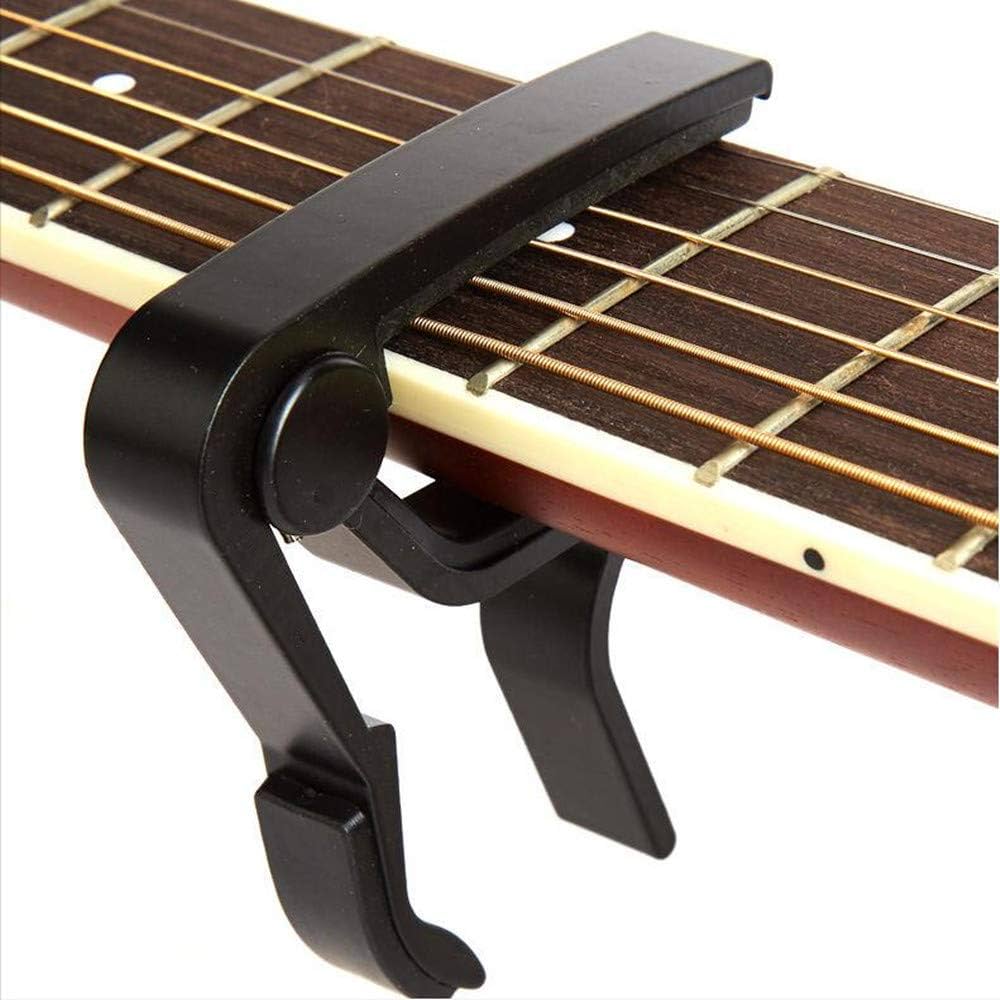

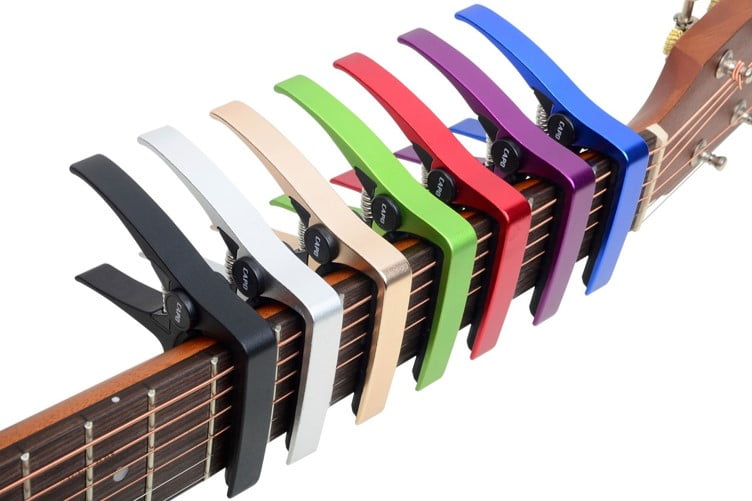

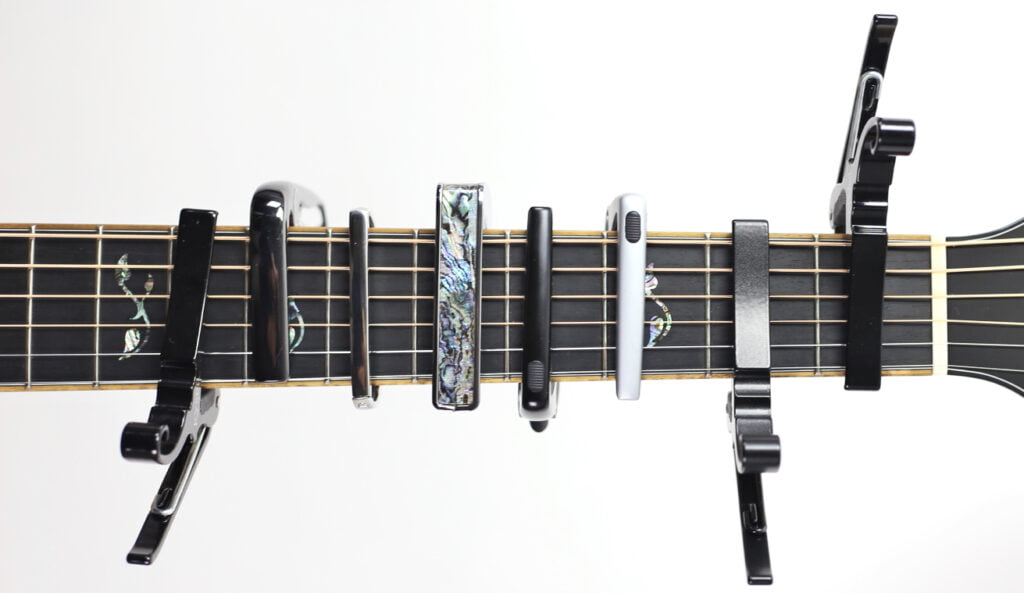
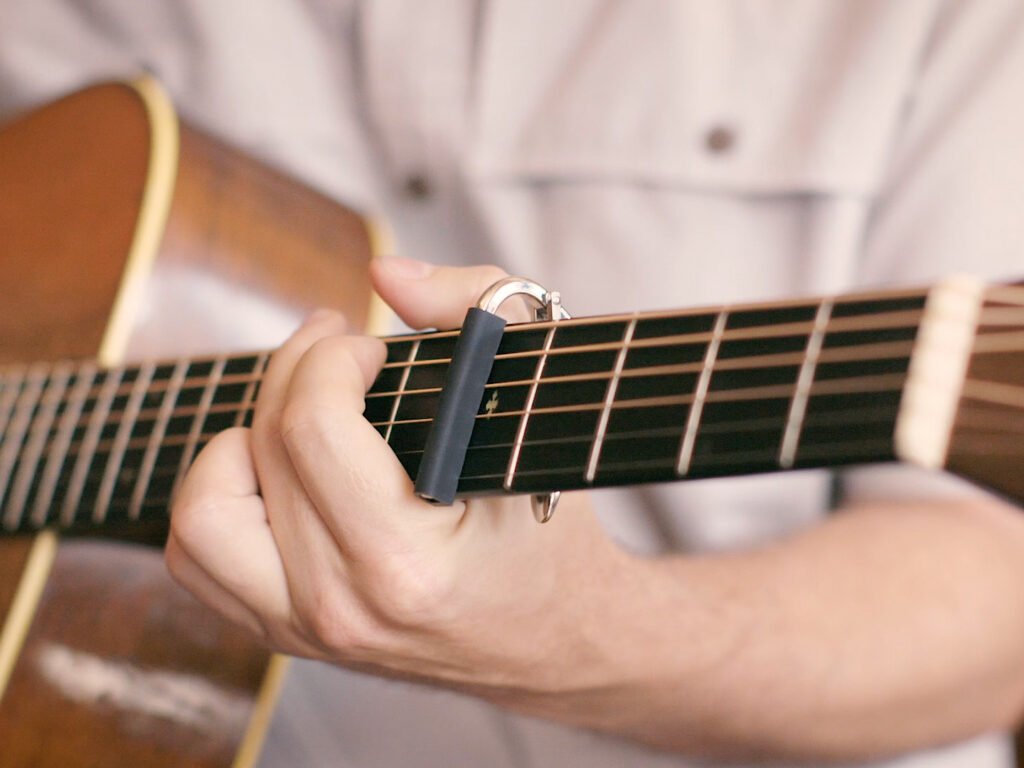
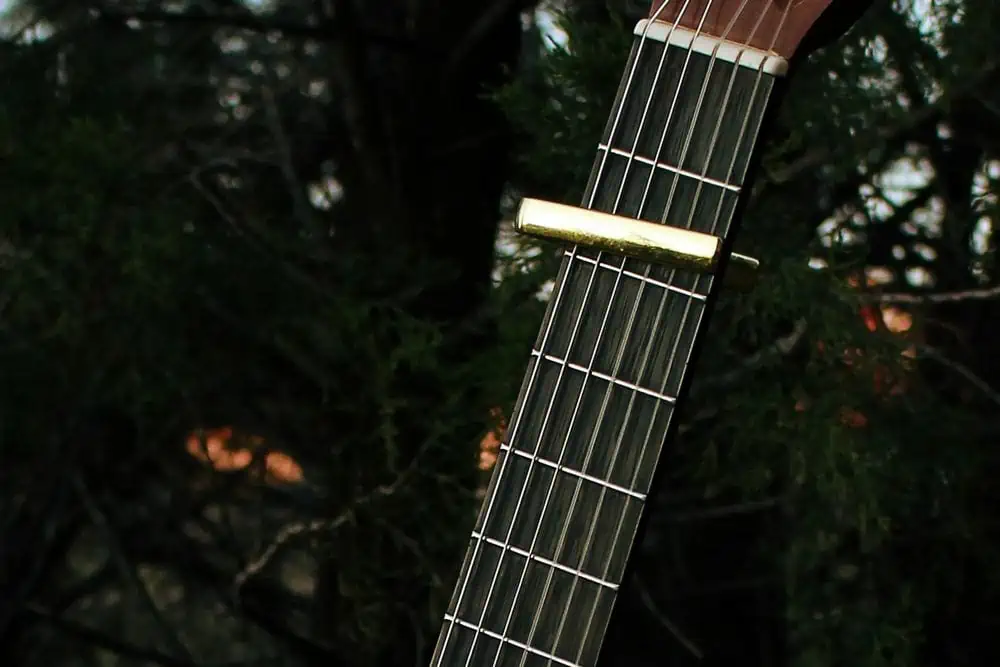
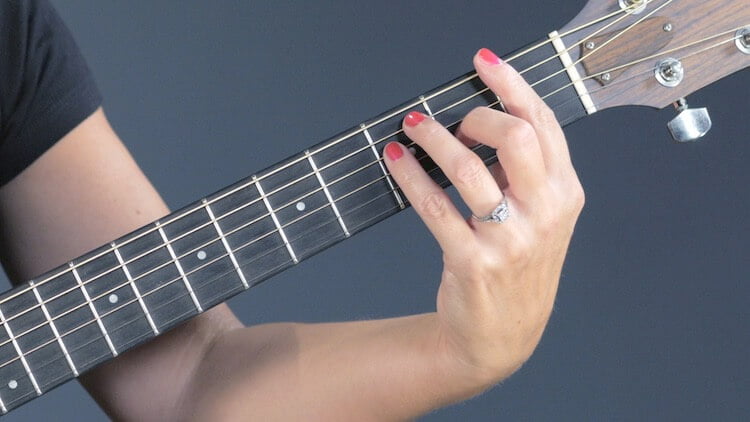

Leave a Comment